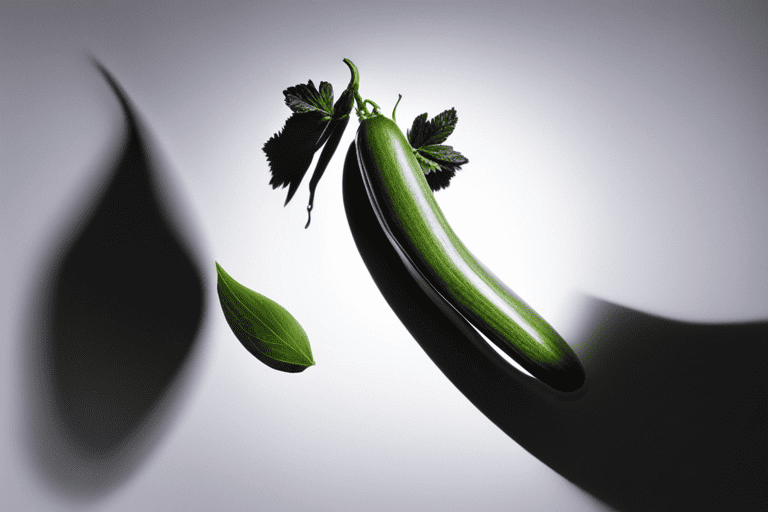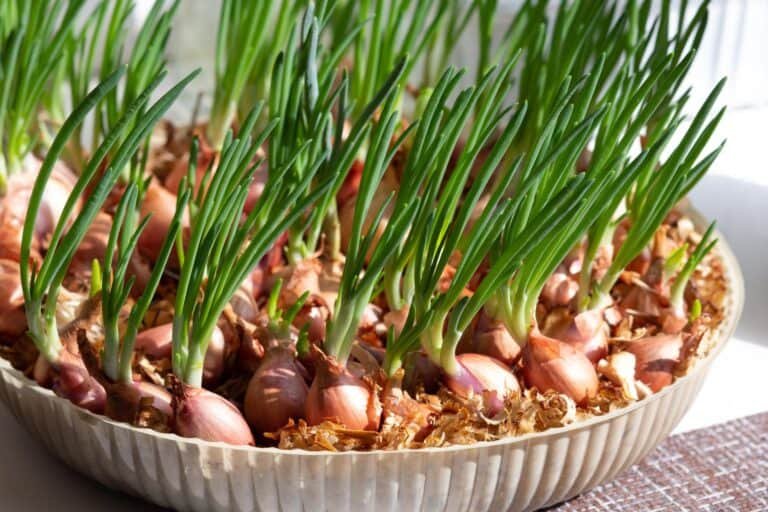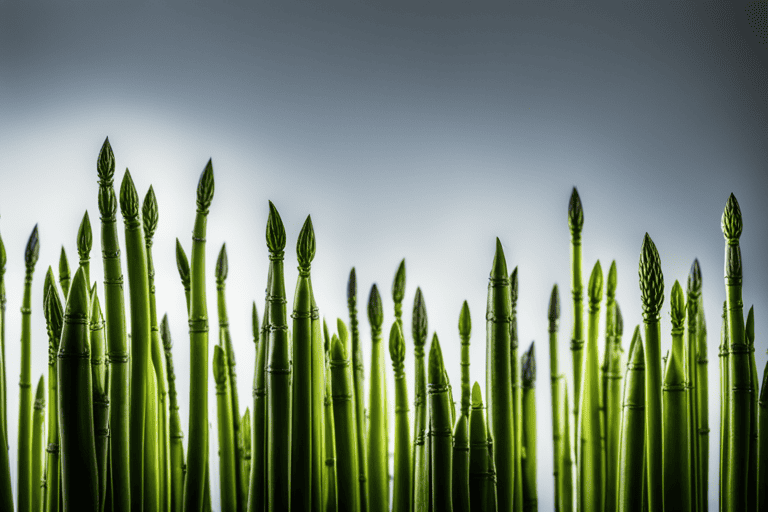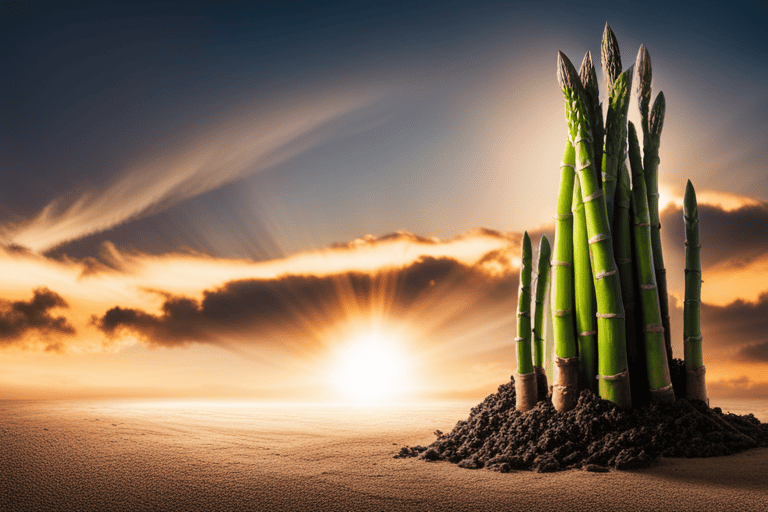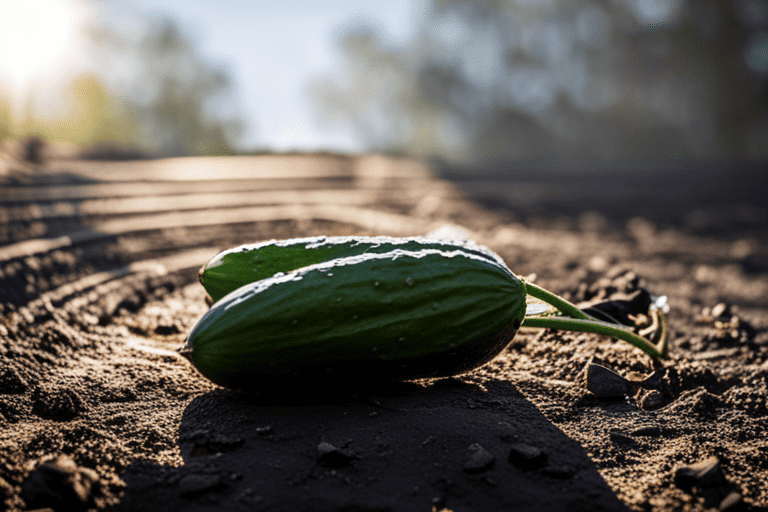Container gardening is gaining immense popularity among gardening enthusiasts as it offers the convenience of growing plants in limited spaces. And one vegetable that thrives exceptionally well in pots is none other than onions. If you are a beginner looking to embark on your container gardening journey, this comprehensive step-by-step guide will provide you with all the essential information needed to successfully grow onions in pots.
With expert tips and techniques, you can achieve an abundant harvest of flavorful onions right from your own backyard or balcony garden. So, let’s delve into the world of container gardening and unlock the secrets to mastering the art of growing onions in pots.
Choosing the Right Onion Varieties for Container Gardening
Choosing the right onion varieties for container gardening is essential to ensure a successful harvest. When selecting onion varieties, it is important to consider the size of your containers and the available space. Some compact varieties like ‘Mini Purplette’ or ‘Purplette’ are ideal for smaller containers, while larger pots can accommodate taller varieties such as ‘Red Zeppelin’ or ‘Yellow Sweet Spanish’. It’s also worth considering whether you want to grow onions for their bulbs or green tops, as some varieties are better suited for each purpose.
When growing onions in pots, it is recommended to choose day-neutral or short-day onion varieties as they require less sunlight and do well in confined spaces. Day-neutral cultivars like ‘Evergreen Hardy White’ or ‘Walla Walla Sweet’ are excellent choices that can be grown year-round with consistent results. Additionally, hybrid onion varieties tend to have higher disease resistance levels and overall better performance when grown in containers.
In conclusion, selecting the right onion variety is crucial for successful container gardening. Consider factors like pot size and available space, as well as whether you prefer bulb production or greens. Opting for day-neutral or short-day cultivars will ensure optimal growth even in limited sunlight conditions. By choosing suitable onion types tailored to your specific needs, you’ll be on your way to enjoying a bountiful harvest of homegrown onions from your own container garden.
Selecting the Perfect Containers for Growing Onions
Selecting the perfect containers for growing onions is crucial to ensure their successful growth and development in a limited space. When choosing pots for onion cultivation, it is important to select containers that are at least 10-inches deep with sufficient drainage holes. This allows proper root development and prevents waterlogging, which can lead to rotting of the bulbs.
Additionally, opting for wide pots or troughs rather than tall ones can provide more surface area for planting multiple onions close together. This encourages them to grow vertically instead of horizontally, maximizing space utilization. Moreover, selecting lightweight materials like plastic or fabric pots ensures easy movement and transportability if necessary.
Furthermore, considering the specific needs of onion plants when selecting containers is essential. Onions require well-drained soil with good moisture retention capacity. Therefore, using porous containers that allow excess water to escape while retaining adequate moisture levels is ideal for promoting healthy onion growth and preventing root rot.
Preparing the Soil and Planting Onions in Pots
Preparing the soil is an important step in successfully growing onions in pots. Start by choosing a suitable pot with good drainage holes to prevent waterlogging. Next, fill the pot with a well-draining soil mix that is rich in organic matter. This will help retain moisture while also providing essential nutrients for onion growth.
Once your container and soil are ready, it’s time to plant your onion bulbs. Place the bulbs on the prepared soil, ensuring they are spaced about 3-4 inches apart from each other. Gently press them into the soil so that only their tips are visible above the surface.
If you want to increase your harvest, you can consider using sets instead of bulbs as they tend to produce smaller onions which can grow closer together. After planting, water thoroughly and place the pot in an area that receives at least six hours of sunlight every day.
Remember to water regularly, keeping the soil moist but not overly saturated. Onions require consistent watering throughout their growth period, particularly during hot weather or dry spells. By following these steps and providing proper care, you’ll be on your way to harvesting delicious homegrown onions from your pots!
Watering and Fertilizing Techniques for Container-Grown Onions
Watering and fertilizing are essential aspects of growing healthy onions in containers. One important watering technique is to ensure that the soil is consistently moist but not waterlogged. Onions require about an inch of water per week, so it’s crucial to monitor the moisture levels regularly. To avoid overwatering, check the moisture content by sticking your finger about an inch into the soil – if it feels dry, it’s time to water. Additionally, using a well-draining potting mix will help prevent waterlogging and promote optimal root health.
Fertilizing container-grown onions is vital for supporting their growth and yield. Start by incorporating balanced slow-release granular fertilizer into the potting mix during planting or use a liquid fertilizer every two weeks throughout the growing season. It’s essential to follow package instructions regarding dosage and application methods as excessive fertilization can lead to stunted plant growth or even damage. Remember that onions are heavy feeders, so providing them with adequate nutrients will contribute to bigger bulbs and healthier plants overall.
Overall, mastering watering and fertilizing techniques for container-grown onions involves ensuring proper moisture levels without overwatering while supplying sufficient nutrients through appropriate fertilizer application methods. By following these guidelines meticulously, you’ll be on your way towards harvesting abundant crops of delicious homegrown onions from your compact garden space!
Managing Pests and Diseases in Container Onion Gardens
Managing pests and diseases in container onion gardens is crucial for ensuring a successful harvest. One of the most common pests that can affect onions grown in containers is aphids. These tiny insects suck the sap from the leaves, causing them to curl and yellow. To control aphids, regularly inspect your plants and use organic insecticidal soap or neem oil spray.
Another potential pest is onion thrips, which are small yellowish-brown insects that feed on onion leaves. They can be controlled by using insecticidal soap or by introducing beneficial insects like ladybugs or lacewings to the garden.
In terms of diseases, one of the main concerns for container-grown onions is root rot caused by overwatering or insufficient drainage. To prevent this, ensure your pots have proper drainage holes and only water when the top inch of soil feels dry to touch. Additionally, fungal diseases such as downy mildew and pink root can affect onions grown in containers. Regularly inspect your plants for any signs of disease, remove infected parts immediately, and consider using fungicides if necessary.
Overall, proactive monitoring and proper cultural practices are essential for effectively managing pests and diseases in container onion gardens to ensure a healthy crop.
Harvesting and Storing Onions from Pots
Harvesting onions from pots is a straightforward process that can be done by carefully loosening the soil around the onion bulbs with a garden fork or trowel. Once the soil is loosened, gently lift the bulbs out of the pot, ensuring that you do not damage them in the process. It’s important to allow your onions to fully mature before harvesting as this will ensure maximum flavor and storage life.
Storing onions after they are harvested from pots requires careful handling to prevent spoilage. After harvesting, it is recommended to let the onions dry for a few days in a warm and well-ventilated area until their outer skin becomes papery. This drying period helps cure the bulbs and toughen their skins for better storage. Once dried, trim any foliage remaining on top of each bulb and store them in mesh bags or wooden crates in a cool and dark place with good air circulation.
By following these simple steps for harvesting and storing onions grown in pots, you can enjoy fresh homegrown produce even if you have limited gardening space. Container gardening offers numerous possibilities for growing various vegetables successfully, including onions – an essential ingredient in many delicious dishes. With proper care during harvest and adequate storage conditions afterwards, your home-grown onion crop can provide months of flavorful meals straight from your own urban garden!
Troubleshooting Common Issues in Container Onion Gardening
When it comes to container onion gardening, there are some common issues that gardeners may encounter. One of the main problems is overwatering. Onions do not need excessive watering and too much moisture can lead to root rot and fungal diseases. It is important to maintain a balance in watering by allowing the soil to dry out between waterings.
Another issue often faced by container onion gardeners is inadequate sunlight. Onions require full sun exposure for at least 6-8 hours a day to grow properly. If your containers are placed in shady areas, consider moving them to a more sunny spot or using reflective materials like foil or white paint around the pots to maximize sunlight absorption.
Lastly, nutrient deficiencies can occur when growing onions in containers. As compared to plants grown directly in the ground, potted onions have limited access to nutrients present naturally in soil. Regular fertilization with organic matter or slow-release fertilizers specifically formulated for vegetables will help provide essential nutrients needed for healthy growth.
By being mindful of these common issues and taking appropriate measures such as proper watering, ensuring adequate sunlight, and providing sufficient nutrients through fertilization, you can troubleshoot potential problems and increase your chances of success when growing onions in containers.

